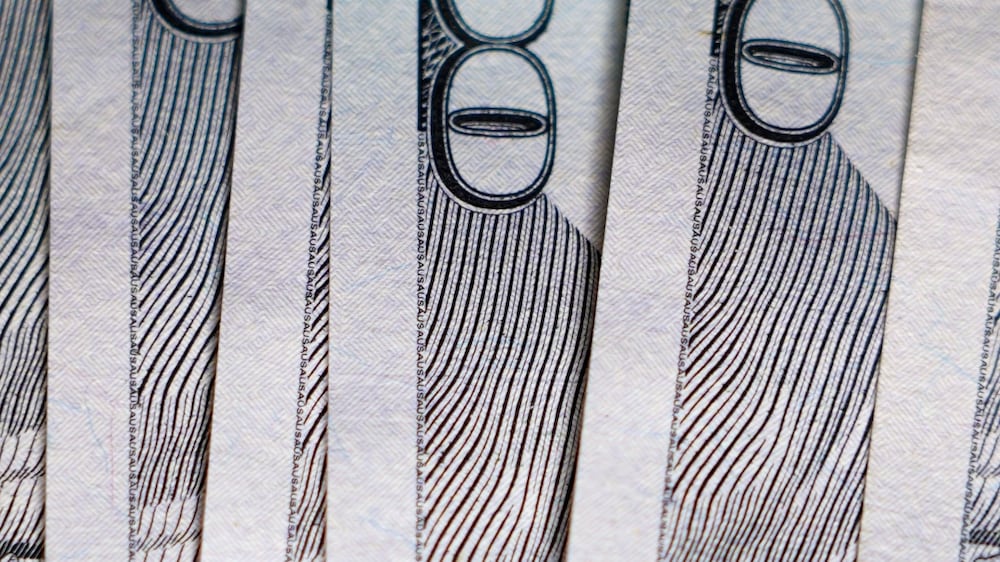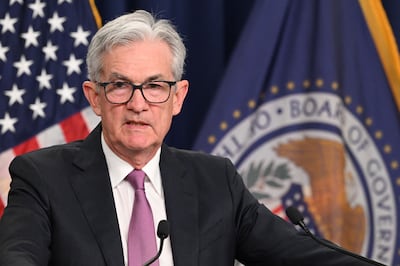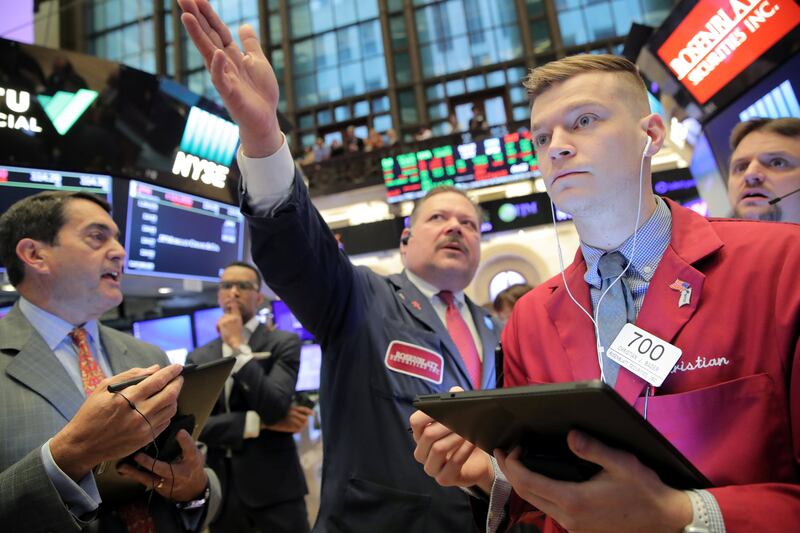After an abysmal first half of the year, the last thing investors expected was for US shares to shoot up by about 20 per cent over the summer, yet that is what happened.
A quick glance at the headlines would suggest investors had gone mad, backing stocks while the world stumbles from one calamity to the next.
War, heatwaves, drought, social unrest, rocketing prices and rising interest rates should have had investors ducking for cover, rather than falling over each other to buy shares.
Yet, the US S&P 500 somehow jumped 17.4 per cent from 3,666.77 on June 16 to 4,305.20 on August 16, leaving it just 10 per cent behind January’s opening of 4,796.56.
Investors even started buying into Bitcoin again, driving the price from $18,948 to $24,461, and amused themselves by toying with meme stocks.
Central banks are likely to have been watching the madness with concern, fearing that investors have missed the memo warning that the days of loose money are over.
This could force the US Federal Reserve and others to flex their muscles by hiking interest rates and reversing bond purchases at a faster rate than they originally planned.
On Friday, Fed chairman Jerome Powell made it clear in his speech at Jackson Hole that the US central bank will prioritise beating inflation over protecting growth.
“We remain a long way from the position where rates can be brought under control," Joshua Mahony, senior market analyst at online trading platform IG, says. "For investors, there is a risk that we could embark upon another period of weakness, with recent buoyancy fading into a distant memory."
What we witnessed is a classic bear market rally, Chaddy Kirbaj, vice director at Swissquote Bank, says.
Traders and investors rushed to buy the first-half dip, but may have overdone it.
How to prepare for a recession

Many investors developed unrealistic expectations.
“Wall Street is betting that the Fed will start cutting interest rates in 2023, but we think this is the wrong move,” Mr Kirbaj adds.
Even if the Fed cuts rates early next year, it is hardly grounds for optimism. More an admission that the economy is in an even worse state than investors realise.
Mr Kirbaj urges traders and investors to stop following market movements and focus on what really matters.
“By which I mean corporate earnings, the yield curve, interest rates and economic growth — not just stock price movements,” he says.
“Look at factors such as earnings per share, the price/earnings ratio and dividend yields, rather than market sentiments, which can shift in an instant.”
After the bull market run of the past dozen years, some investors continue to believe the fun can last forever, David Morrison, senior market analyst at Trade Nation, says.
A feature of the bull run was that bad economic news was treated as good news for stock markets, because it meant even looser monetary policy.
Now, investors are banking on signs of slowing growth in the US, China, Europe and the UK will stay the Fed’s hand on rate rises, Mr Morrison says.
They have also seized on signs that inflation is slowing, falling from 9.1 per cent in June to 8.5 per cent in July, as a sign that it has peaked in the US.
“If it has, then equities and cryptocurrencies could have further to rally in the final quarter of 2022.”
Mr Morrison expects the Fed to raise rates from today’s range of 2.25 per cent to 2.5 per cent to as high as 3.75 per cent to 4 per cent by year end.
“It will then pause through the first quarter of 2023 before gradually reducing borrowing costs. I consider that a potentially bullish outcome.”
Stock markets have not totally disconnected from reality, though. The summer has delivered a second positive surprise, Colin Leggett, investment director at asset manager Collidr, says.
“Corporate earnings have been relatively robust over the past few months, despite soaring inflation, increased energy costs and falling consumer confidence.”
Investors have been looking past today’s problems, viewing them as short-term issues, which could disappear next year, but they may be making a mistake.
“Investors need to ask themselves whether the highest inflation in decades has really been priced in by markets,” Mr Leggett says.
It may not have fed through to companies’ reported results. We will only know in a few months what the impact is on current and future earnings, he adds.
“Seeing as markets have already bounced strongly, investors need to be aware that there are still a lot of risks ahead."

Market sentiment remains at the mercy of the Fed, but Mr Powell has failed to deliver clarity over monetary policy, Jeremy Batstone-Carr, European strategist at advisory company Raymond James, says.
“Markets have been left to interpret for themselves if the Fed is dovish or hawkish, at a time of significant uncertainty.”
The danger is that markets have misread the Fed’s intentions, expecting easing when they will get tightening.
If that has happened, autumn could be tough as the Fed tries to make up for its past misdemeanours.
“As energy prices threaten to spiral out of control, we are likely to see rate hiking continue, a move that will crush demand and deepen and extend a possible recession,” Mr Batstone-Carr says.
The Fed is struggling to reverse 20 years of excessively loose monetary policies, Mike Hollings, investment director at Shard Capital, says.
“It has fostered a culture of dependency as investors and economies have become reliant on constant monetary stimulus.”
Why is everything so expensive right now?

As inflation takes off, central banks are caught in a trap of their own making. “Raising rates in an economy that is now so reliant on easy money risks causing either a market crash or a recession, or both,” Mr Hollings says.
The Fed must belatedly take steps to reassert its credibility, but “it is seemingly unable to stand up to the monster it has created”, he adds.
The outlook remains bearish, which means that defensive and inflation-resistant sectors are a go-to for investors, Vijay Valecha, chief investment officer at Century Financial, says.
“Generally, defensive industries deal with necessity goods whose demand is relatively less sensitive to price changes. The consumer staples, utilities and health care sectors tend to be non-cyclical, meaning they can produce stable profits through all phases of the economic cycle, with steady revenues and high dividends.”
Mr Valecha tips three exchange-traded funds that can help you survive the volatility.
His first pick is First Trust Consumer Staples AlphaDEX Fund, which invests primarily in the healthcare and food and beverage sectors.
“It has generated a return of 15.19 per cent in that last year and 13.75 per cent over three years, plus an annual yield of 1.2 per cent,” he says.
His second tip, iShares US Healthcare Providers ETF, has returned 5.8 per cent over one year and 19.62 per cent over three years, and currently yields 0.6 per cent.
Finally, Invesco S&P 500 Equal Weight Utilities ETF, has a yield of 2.15 per cent and has returned 15.9 per cent over one year, or 10.4 per cent over three years.
If this winter turns out to be far rougher than the summer, these defensive ETFs could help investors weather the storms ahead.






